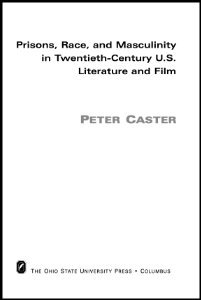Sandra Babcock, Nathalie Greenfield and Kathryn Adamson
This article presents a comprehensive study of 48 persons sentenced to death between 1990 and 2023 who presented as women at the time of their trials. Our research is the first of its kind to conduct a holistic and intersectional analysis of the factors driving women’s death sentences. It reveals commonalities across women’s cases, delving into their experiences of motherhood, gender-based violence and prior involvement with the criminal legal system. We also explore the nature of the women’s crimes of conviction, including the role of male co-defendants and the State’s use of aggravating factors. Finally, we reveal for the first time the extent to which capital prosecutions are dominated by men—including judges, elected District Attorneys, defense attorneys, and juror forepersons—and explain why gender matters in determining who lives and who dies.
We present our data against the backdrop of prevalent theories that seek to explain both the rarity of women’s executions and the reasons why certain women are singled out for the harshest punishment provided by law. We explain why those frameworks are inadequate to understand the role that systemic gender bias plays in women’s capital prosecutions. We conclude by arguing for more nuanced research that embraces the complexities in women’s capital cases and accounts for the presence of systemic and intersectional discrimination.
Cardozo Law Review, Forthcoming (Written April, 2024}.









